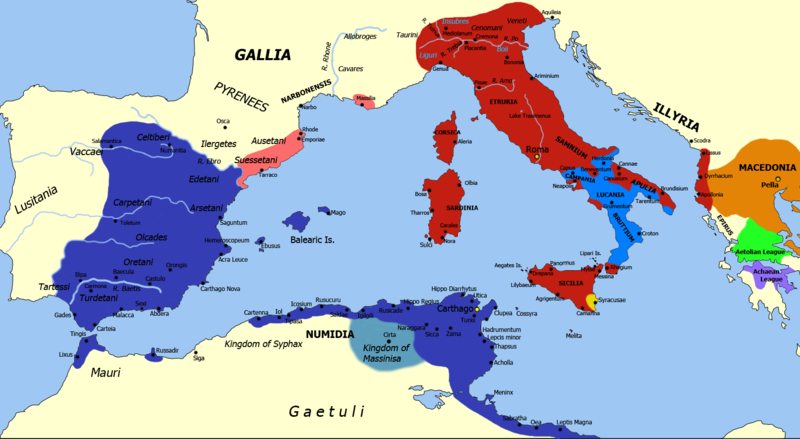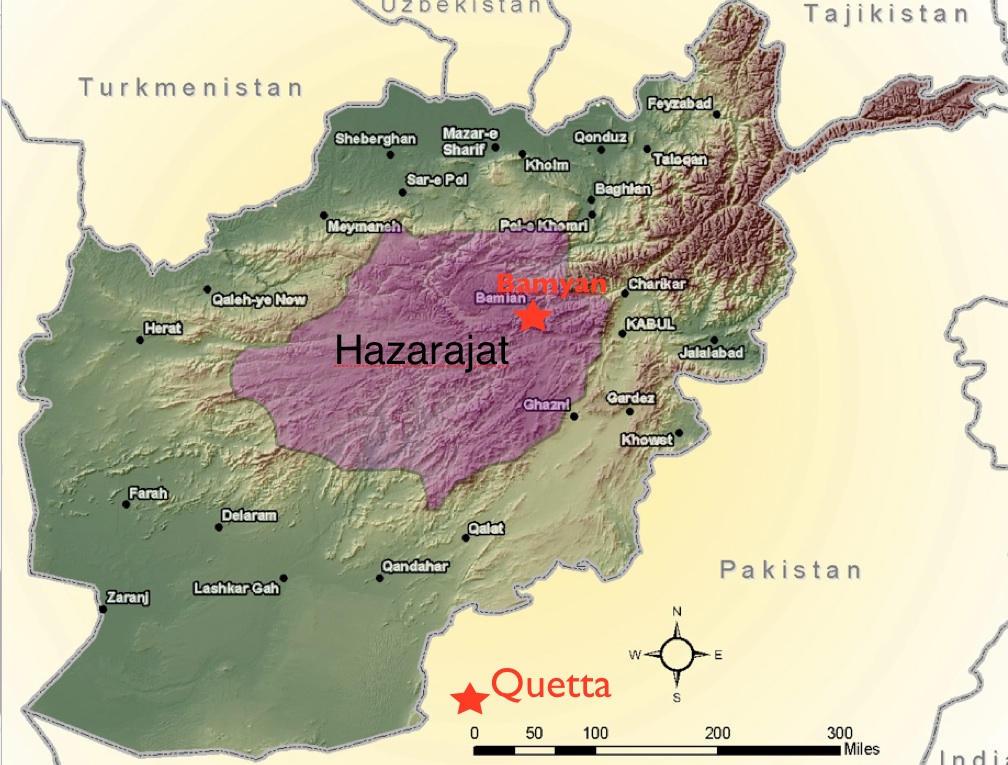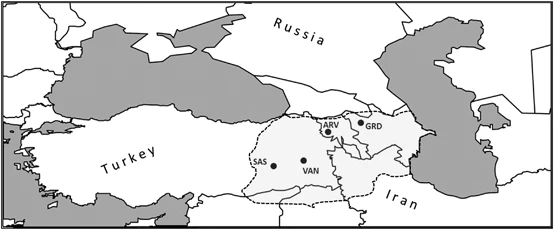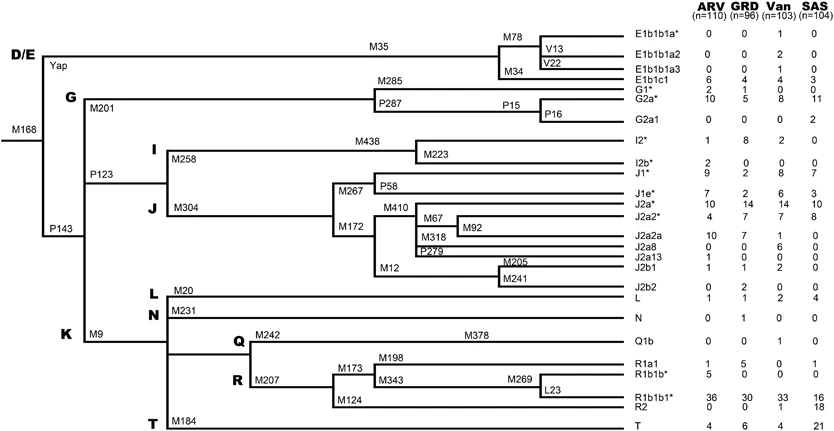Harutyan Jort
Junior Member
- Messages
- 43
- Reaction score
- 51
- Points
- 18
- Y-DNA haplogroup
- J1-Z1842
- mtDNA haplogroup
- H1
bro, according to Pakistan census, male population is 51% of pakistan population, then it is 123.165million, this times1.14% is indeed 1.4million+ people!nice research thanks
yes could be that modern pakistani e-m123 fall on this e-ft377116 branch which
was found in late bronze age/ early iron age swat in north pakistan
https://discover.familytreedna.com/y-dna/E-FT179548/ancient
or sadly this south central asian line which is derived from e-m123>ft20896 has died out in that area of the world
and modern day pakistani e-m123 lines are later arrivals or other branches like e-m123>m34>m84>pf6751
future will tell
p.s
about pakistan indeed 241 milion is huge but not all of them are males
only half
it still leave us with something like potential 700,000 e-m123 who walks down in the streets and valleys of pakistan
back to e-m123>ft20896 Pakistani ancient samples, based on what I see of autosomal model, they seems to be close to modern Pashtun people autosomally; and because one of my guilty pleasures when I first heard from an elderman of Pashtun descent claiming "Pashtun are one of the lost tribe of Israelites" I do smirk at the time seeing these samples, however realising it is far-away from E-M34>M84 semitic backbones, I had to say the whole "Pashtun-Israelite connection" is a terrible trope







